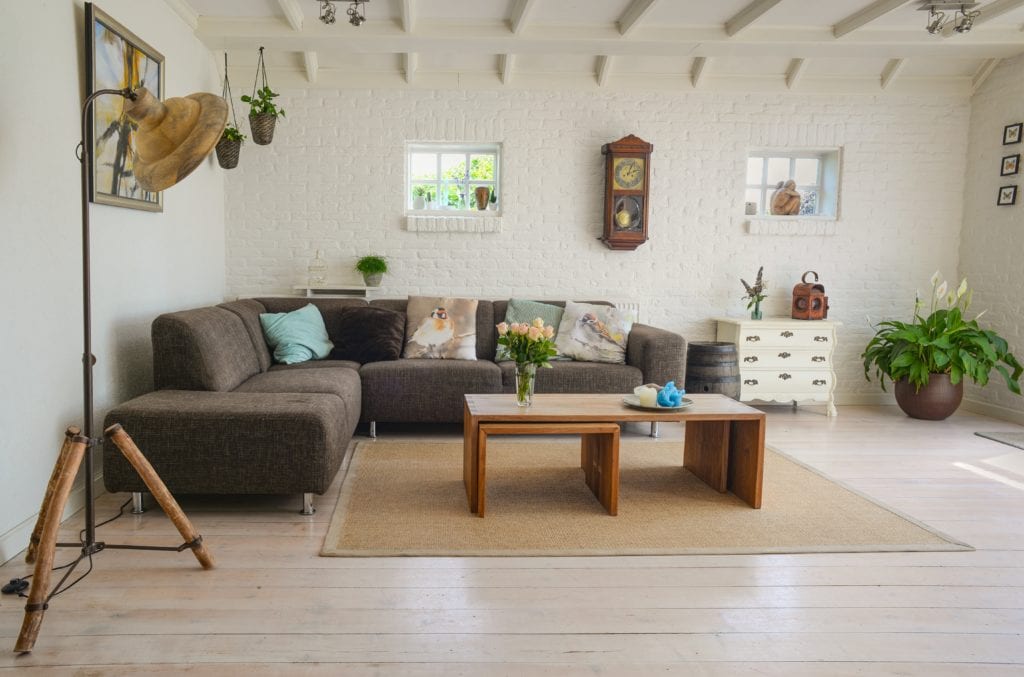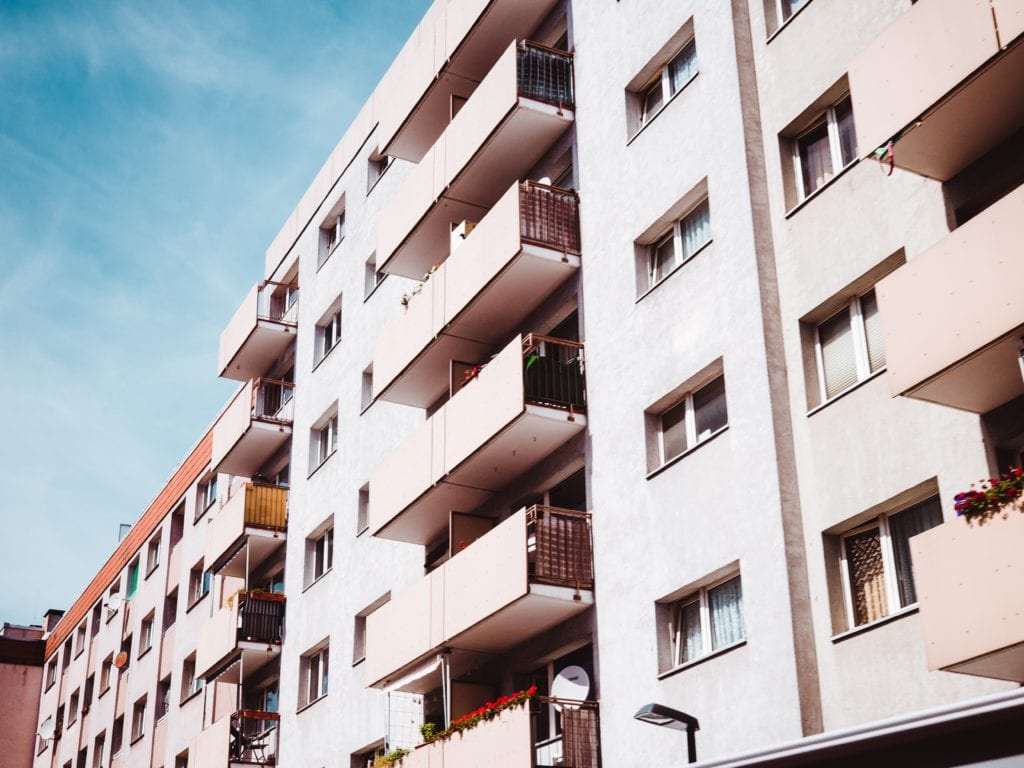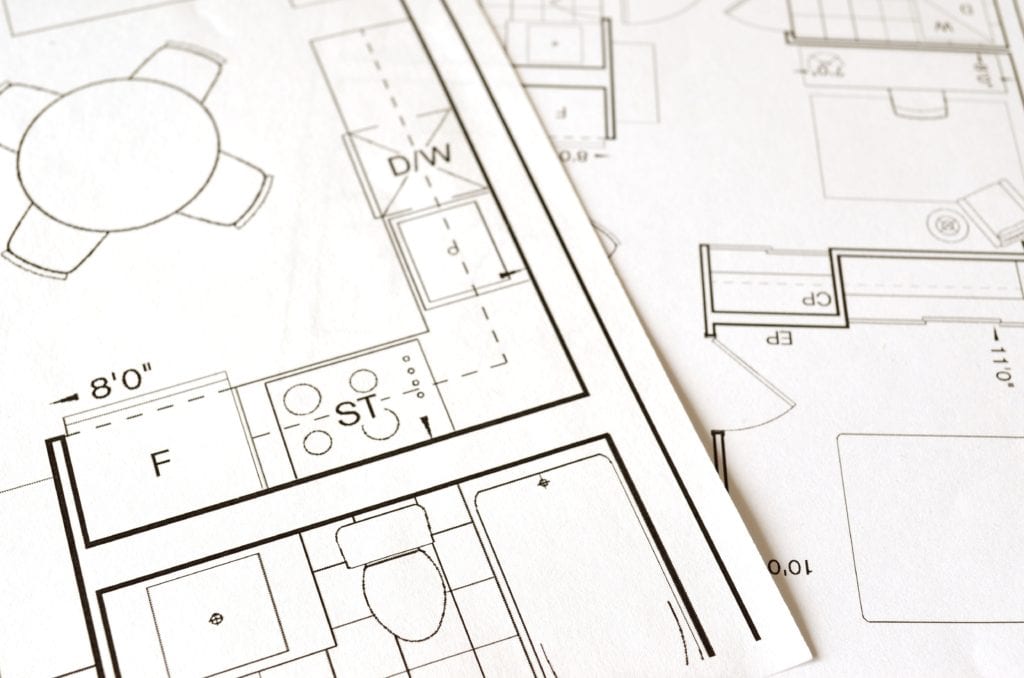Finding a good place to live in Japan can be challenging.
You will be asked a lot of money and an incredible amount of paperwork, so better be prepared before you start your search!
First of all, if you are planning to stay short-term (more than one month but less than a year), I would recommend looking for share houses or furnished apartments.

They usually come with utilities, internet and appliances included, so the initial expenses would be relatively low, if any at all. On the other hand, though, the monthly rent would be much more expensive than a regular rental apartment.
For those who are planning to live in the same place for more than one year, typical Japanese アパート or マンション would be the best options.

The difference between the two terms above might be confusing: a “mansion” is not a giant, fancy villa (which is called 別荘, bessou), but it is just a large, multiple-story condominium made of reinforced concrete and steel.
An “apaato” is usually only two or three floors and made of wood or lightweight steel (which means less soundproof and less thermal isolation, but cheaper).
Another type of accommodation is 一戸建て (ikkodate), a detached house, more popular for families.
Unless you already know specifically what you are looking for, I would suggest starting your search on apartment listing websites instead of going directly to a real estate agency.
The apartment listing sites (ex. Suumo, Home’s, Chintai netto, etc.) usually contain listings from different real estate agents, so you can find plenty of options out there. They have smartphone app versions as well. In order not to get lost, it is better to adjust the search preferences, such as price, age, size, number of rooms, etc.

Regarding the latter, remember that apartments vary in size from ワンルーム (one room) to 4 LDK with the abbreviations L, D, K standing for Living Room, Dining Room and Kitchen, and the number representing how many rooms the apartment contains.
The size of rooms is usually denoted in tatami (畳, jou), but you can easily find a unit converter on Google if you are more familiar with square meters.
Once you find a few apartments you may like, it is better to contact the real estate agent as soon as possible. This market is very fast, especially in Tokyo, so be aware that the apartment you just bookmarked on your app might not be available already!
It is not easy to find an English-speaking real estate agent. Some “English-friendly” agencies might be relatively more expensive than regular Japanese ones. If you are not confident with your Japanese, bring a Japanese-speaker with you or try to remember some key words at least. You can find some useful words below:
fudosanya (不動産屋) – real estate agency
chintai bukken (賃貸物件) – rental property
yachin (家賃) – monthly rent
keiyaku (契約) – contract
reikin (礼金) – key money
shikikin (敷金) – deposit
tetsukekin (手付金) – down payment
chukai asenryo (仲介斡旋料) – real estate agency fee
koshinryo (更新料) – renewal fee
kyouekihi (共益費) – condo fees
kanri gaisha (管理会社) – estate management company
hoshounin/hoshou gaisha (保証人/保証会社) – guarantor (individual)/guarantor company
Beside of Japanese vocabulary, there are other (and much more time-consuming) things to prepare!
First of all, cash.
Even for a standard 80,000 yen per month apartment, you can expect to pay around 400,000 yen in upfront costs before moving in.
In most cases you will be required to pay the first 1~2 months’ rent in advance, a deposit fee (again, 1~2 months’ rent, sometimes even more), key money (not every time, but usually 1 month rent), an agent’s commission fee (half-month or more), insurance (10,000~20,000 yen/year), guarantor company fee (even if you do have a Japanese guarantor, sometimes you simply don’t get to choose… it usually takes around 10,000 yen/year), etc.
In addition, most agencies do not accept payment by credit card, so remember to stop by at the ATM a few days in advance to prepare that amount of cash. Sometimes bank transfer is acceptable.
Dealing with paperwork.
In general, for long-term rentals, tourist visa or overseas applications are not accepted.
If you do have a valid residence permit, you will need to prepare the following:
・Your residence card
・Passport
・Seal (印鑑, inkan) and seal certificate (can be issued at the ward office)
・A Japanese phone number,
・A Japanese bank account,
・A domestic emergency contact (not necessarily Japanese),
・A copy of your recent pay slips or income certificate (源泉徴収票, gensen choushuuhyou).
If you just started working in Japan or planning to start soon, a copy of the employment contract or employment conditions (雇用契約書, koyoukeiyakusho or 内定通知書, naitei tsuuchisho) should suffice.
If you are a student, you can ask your school to prepare an enrollment certificate or any papers that demonstrate your activities in Japan.
After gathering all the documents, you can finally “apply” (申し込む, moushikomu) for that apartment you have been longing for a while. You still have to be patient: after the real estate agent submits your “application” to the property management company or the landlord (or both), it will take from 1 to 3 weeks for them to “screen” your application – as if you were applying for a job. This process is called “inspection” (審査, shinsa), because they do background checks as well.
Considering the long procedures, you should start to look for apartments at least one month before you intend to move.
Once the “shinsa” is over, you can finally sign the contract, get your keys and move in.
What next, then?
I’ll talk next time about the moving-in first steps (utilities, furniture, etc.).
In the meantime, I hope you can find the place of your dreams!
